Our Approach
If your actions inspire others to dream more, learn more, do more and become more, you are a leader”
John Quincy Adam
At Youngstars we believe in interdisciplinarity. Our approach to learning is in line with the four dimensions of 21st century education, namely: Skills, Character, Knowledge, Metalearning.
We take a coaching approach to learning, emphasizing the process as the means to reach an outcome. Through a project base learning process we invite learners to act as problem solvers. We provide them with trainers, mentors and role models who share their experiences, we create diverse peer groups to encourage collaboration and teamwork and we invite our learners to take action and engage in a learning by doing process.
The learning environment is transforming from classrooms to networks. This changes the structure of knowledge from hierarchical to distributed. At the same time the tools, the pace, the content and the channels are also changing. This transformation shifts the focus from the learnings to the learner. That is why personal development, as the process of creating an individual learning system, becomes a must.
The emphasis on the learner means that he/she is motivated, engaged, practices critical thinking, communicates effectively, is adoptive to change and is able to pivot at any time. Within this framework, Youngstars focuses on creating learning experiences that:
- encourage the learner to expand his/her understanding (Curiosity &Empathy)
- focus on what is important (Values/Purpose) and
- take action in the direction of the desired outcome (Creative Action and Reflective Thinking)
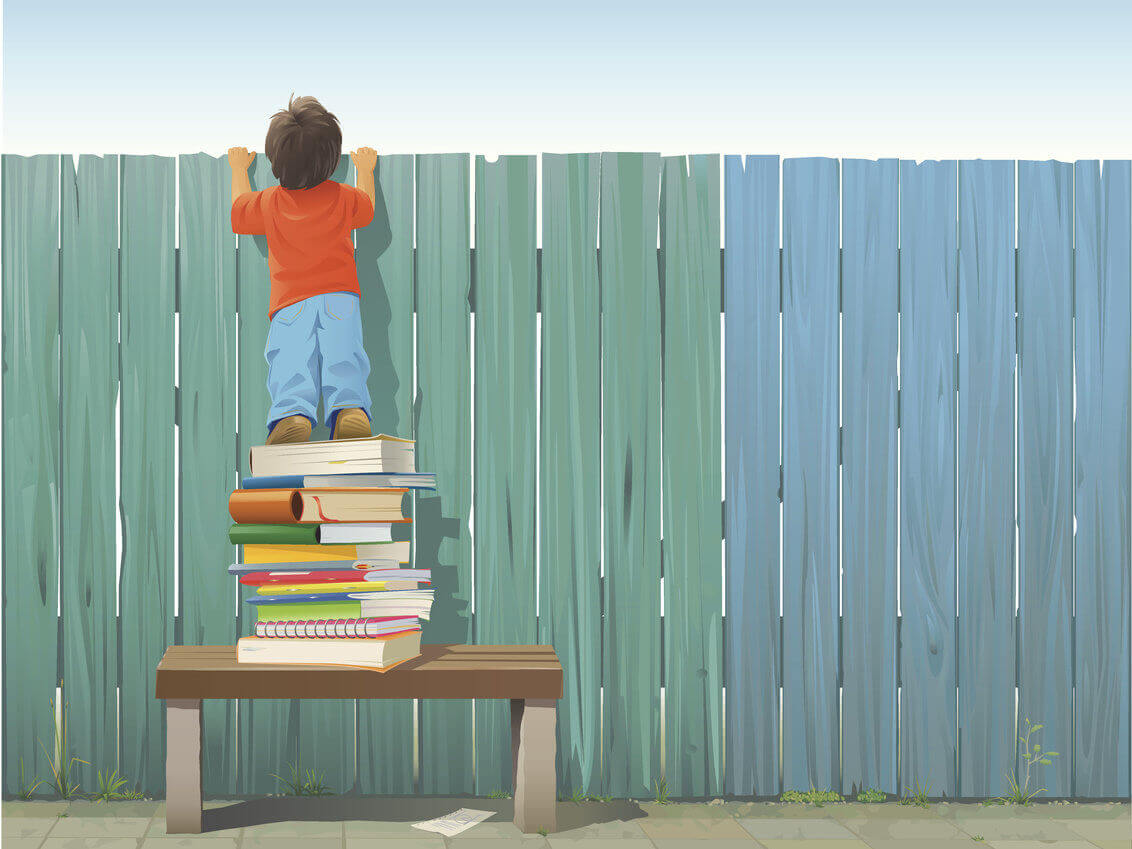
Curiosity
Curiosity is an excellent motivator! It is where any problem-solving journey begins. We are all gifted with curiosity, cultivating it is a skill we can learn.
Curiosity is about awarness for what is INSIDE and exploration for what is OUTSIDE. Curiosity has the power of floodlight. Apply it and you will see things clearly, you will discover some amazing stuff! But be careful, especially when looking inside. Bright lights cause dizziness sometimes. It takes self-care and love to find the shade that is right for you.
When exploring outside, be interested in other people, things, nature. They have something to say that is specific and precise only for you. Look for the message
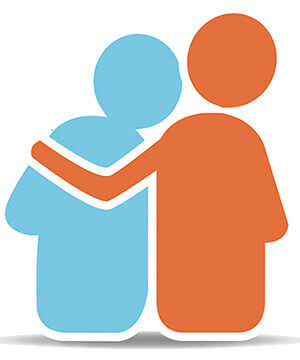
Empathy
Curiosity helps us experience life: observe, listen, touch, smell, and register what is happening with our senses. We receive a lot of messages with our senses. Usually much more than we can process!! What can we do with these scrambled messages?
That is where empathy comes handy. Empathy is the ability to understand and share the feelings of others. As we try to understand WHY things are that way, we begin to decode the message.
Curiosity and empathy are both necessary ingredients in our search for meaning. Combining both creates a purpose and the motivation to apply time and effort in solving any kind of problem.
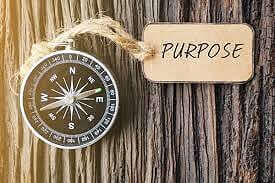
Purpose
Finding a purpose in what we do makes a huge difference! Once we know why, the what and how become easier. Purpose aligns our values with our actions. With purpose comes: ownership, accountability, and satisfaction. Οverlooking young people’s need for meaning and purpose and asking them to work for their goals is like putting the horse behind the cart.
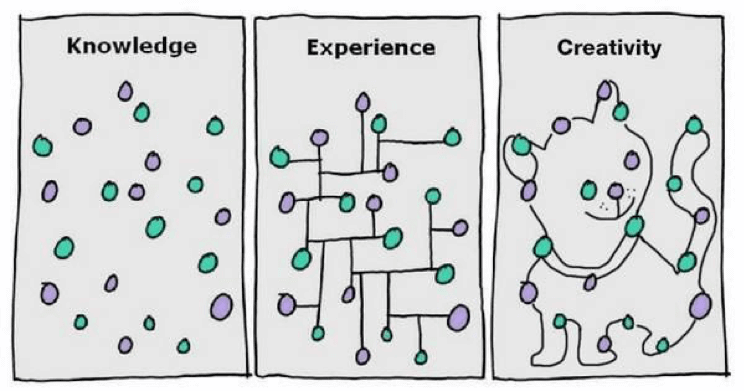
Creativity
When it comes to the challenges that lie ahead of us, creativity is a necessity, not a luxury. The World Economic Forum in its Human Capital Report – titled Preparing People for the Future, points that CREATIVITY is among the top 3 skills needed for the 2020 work force. Creativity, Critical Thinking and Problem Solving Skills will add the most value to our future prosperity.
Creativity is the innate ability of humans to create something new that has value, ultimately to create solutions to problems. Creativity is a process that is both cognitive and affective, and as such it honours the uniqueness of every person. Neuroscience provides evidence for the value of a holistic brain/body approach in developing creativity. The greatest inventors used both focused and the diffused thinking.
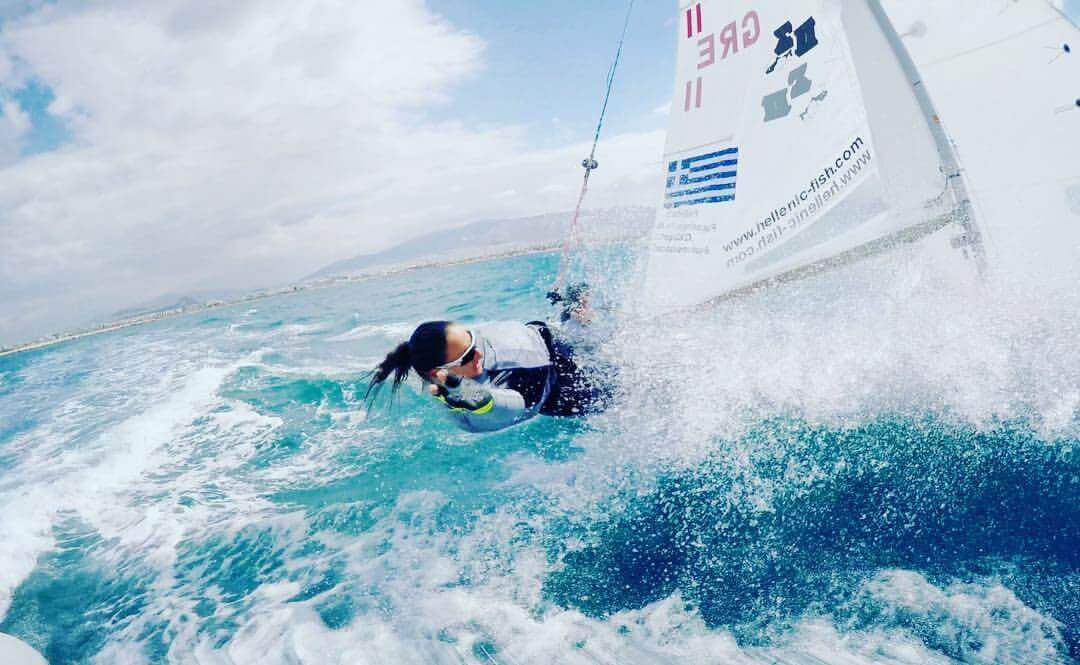
Action
“The ultimate, most holy form of theory is action” (Nicos Kazantzakis).
The value of creativity manifests in action.
Turning ideas into solutions takes planning, organizing, communicating, as well as patience, determination and resilience. Rarely a solution comes out on the first attempt. It takes experimentation and reiteration.
“I failed over and over and over again and that is why I succeed” said Michael Jordan. The courage to keep on trying takes a whole set of character strengths.
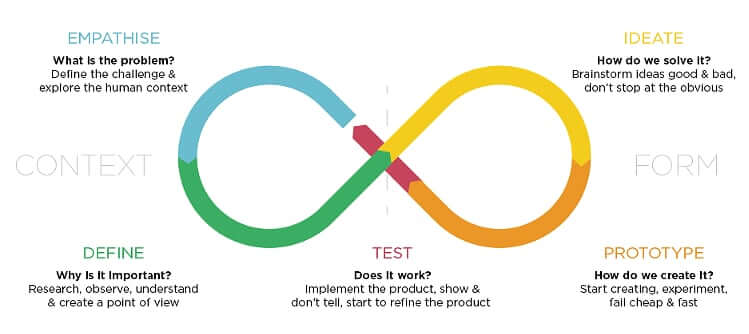
Reflective Thinking
We become what we repeately do” said Aristotle. And that takes a lot of repetition!
Reflective thinking is the key in the process of learning-by-doing. In order to improve the outcome of any given process it takes a listening and attentive attitude, an analytical approach, planning as well as feeling and communicating, This holistic approach enables greater results.
The Whole Brain Model (by Herrmann Global) uses Neuroscience to validate holistic learning and the creative self model:
- Logical and analytical skills
- Intuitive Synthesizing
- People driven approach
- Planning and Organizing skills
Believe in your Potential,
Expand your Potential.
